Here's Why You Must Try Excelsa Coffee Beans Right Now!
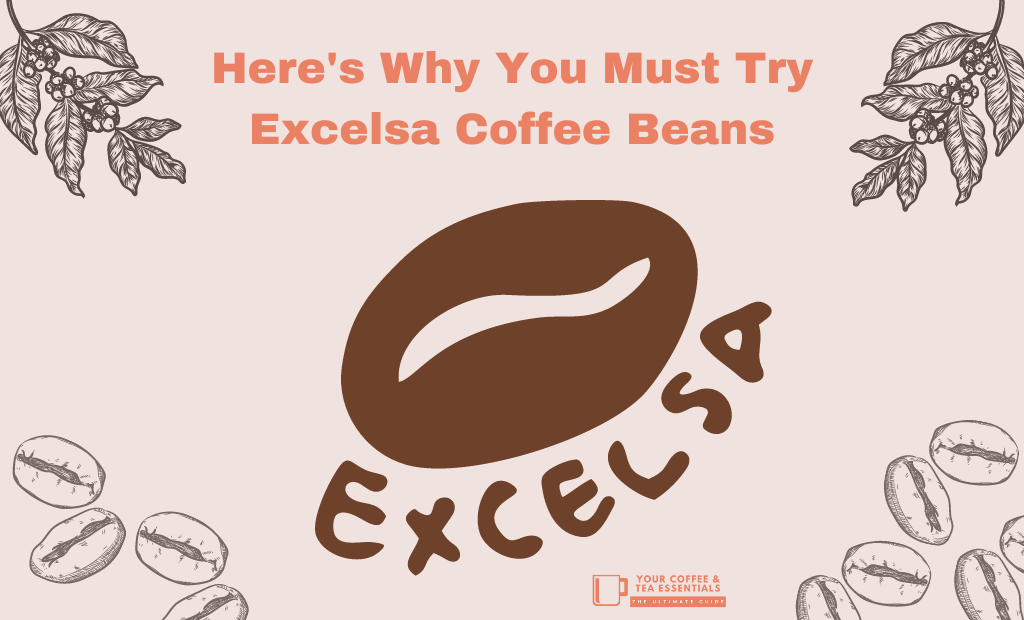
If you’ve never heard of Excelsa beans, you’re not alone!
A bean unlike any other and one that’s got an intriguing history, Excelsa sometimes causes confusion among coffee lovers, and we’re here to change that.
Find out why your next cup of coffee should be made from these beans and why they’re growing in popularity among connoisseurs in the know.
Excelsa Coffee's History
African Origins
Excelsa coffee plants were first discovered in Central Africa in 1903 and were first called Coffea dewevrei or dewevreié.
Initially thought to be a separate coffee species, the plant got reclassified as the Coffea liberica species’ dewevrei variety in 2006 and it is now known as Coffea liberica var. dewevrei.
This classification remains controversial due to inconsistent genetic testing results. It has also led to a whole lot of confusion, which unfortunately has influenced the bean’s entry into the modern coffee market.
Today, the bulk of Excelsa coffee cultivation happens in Southeast Asia, most notably in the Philippines, and Vietnam, and it’s also grown in India.
The fact that the name Excelsa coffee gets used for a range of other Liberica varieties hasn’t helped matters either, similar to the way that the Robusta coffee beans are a label used for all varieties of Coffea canephora.
As a result, Excelsa coffee has been generalized in a way that means there’s less reliable data on accurate levels of production. In turn, this can affect the quality of the coffee, making it commercially insignificant to many producers.
This means that many Excelsa coffee farmers don’t really have any incentives to implement or improve quality control measures. Thankfully for coffee aficionados around the world, there are some farmers and producers who take the plant and its unique beans seriously.
A Closer Look at the Excelsa Coffee Plant
The best place to cultivate Excelsa coffee plants is at medium elevations between roughly 3,300 and 4,300 feet (1,000 and 1,300 meters) above sea level.
But it’s not as simple as sowing seeds and growing a crop. Excelsa plants are arboreal.
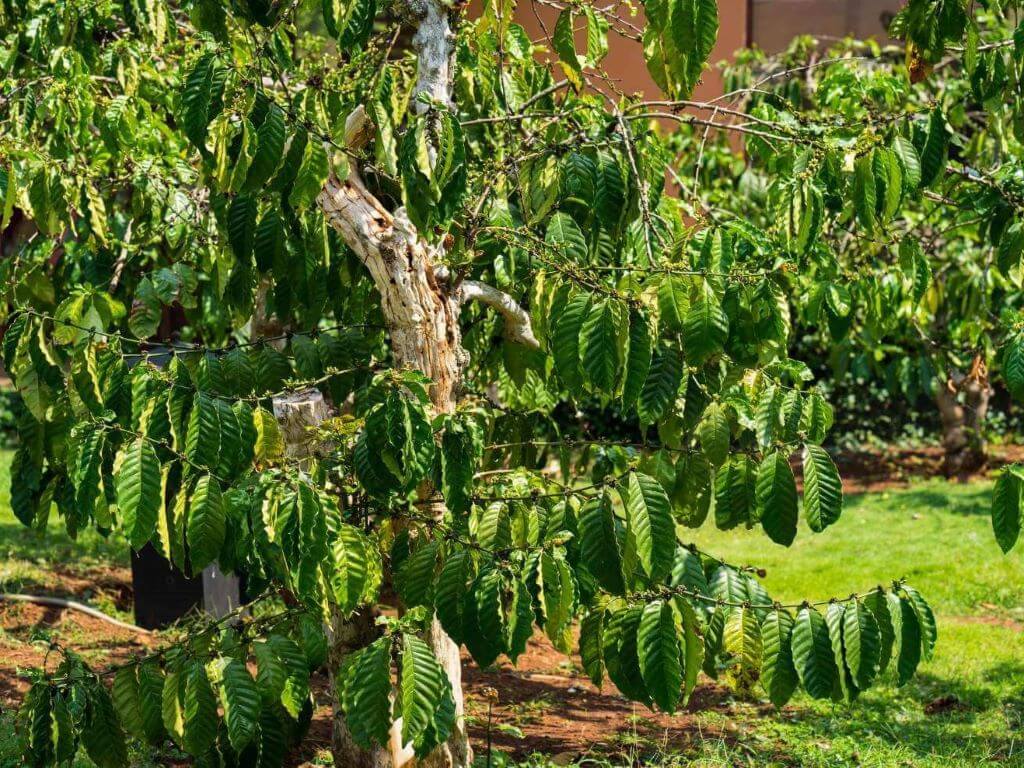
The implications are that farmers need to grow them vertically, and while the plants are resilient to common diseases, they need extensive care given their size.
The plants have large, leathery leaves and bloom multiple times during the season, although the fruit takes approximately one year to mature. The flowers are larger than those produced by Arabica and Canephora plants, and the asymmetrical beans are about 0.35 inches long and 0.24 inches wide (9 x 6mm).
Excelsa Coffee Caffeine
If you prefer coffee with lower amounts of caffeine, Excelsa beans might be the perfect option for you.
These beans are lower in caffeine than other coffee species like Arabica and Canephora beans. Excelsa coffee bean caffeine levels range between 0.86 and 1.13g per 100g.
In contrast, Arabica beans’ caffeine levels range between 1.20 and 1.50g per 100g and Canephora beans’ boast the most caffeine with a range between 2.20 and 2.70g per 100g.
A Misunderstood Bean
Although there’s still some dispute among researchers, the Excelsa coffee plant is currently classified as a variety of the Liberica coffee plant.
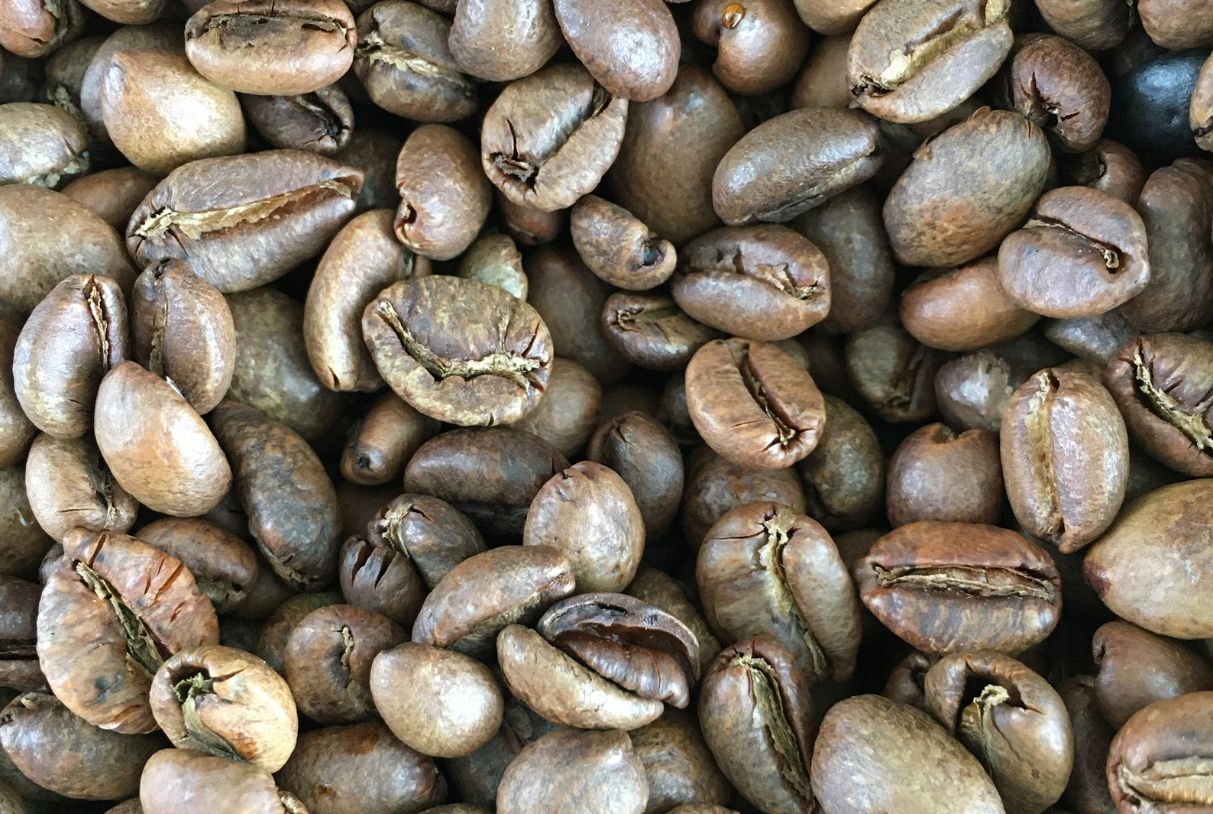
However, whether the plant is a Liberica variety or its own species is not the only reason this type of coffee also happens to be one of the most misunderstood.
For many years, Excelsa plants have been cultivated, and coffee consumed in Africa and Asia. But compared to Arabica and Robusta beans, the crop remains relatively scarce.
Given the lack of knowledge about Excelsa beans, other growers, roasters, and brewers often get things wrong: the plants aren’t cultivated properly, and the beans aren’t processed or roasted correctly.
As a result, many people who’ve sampled coffee made with Excelsa beans think it’s lackluster with no distinctive flavor characteristics. Others think it’s simply a low-grade coffee that isn’t worth taking any notice of.
It's a sad situation because Excelsa plants can produce beans with desirable, unique, and appealing aromas and flavors. In fact, there’s nothing quite like a cup of good quality Excelsa bean coffee.
The Challenges of Growing Excelsa Plants
As you probably guessed, cultivating Excelsa coffee plants comes with all sorts of challenges.
In addition to their larger leaves, Excelsa trees can grow more than 50 feet (15m) tall, and the treetop diameters can range between 20 and 23 feet (6–7m).
What’s more, the high productivity levels of the plants and multiple blooming periods during the season mean that farmers need to prune the trees frequently, which is not easy given the plants’ height. Excelsa farmers need to hire more labor for these tasks, which increases production costs.
Add the prolonged time it takes for the fruit to mature, and you can see why relatively few cultivators have any interest in growing these plants.
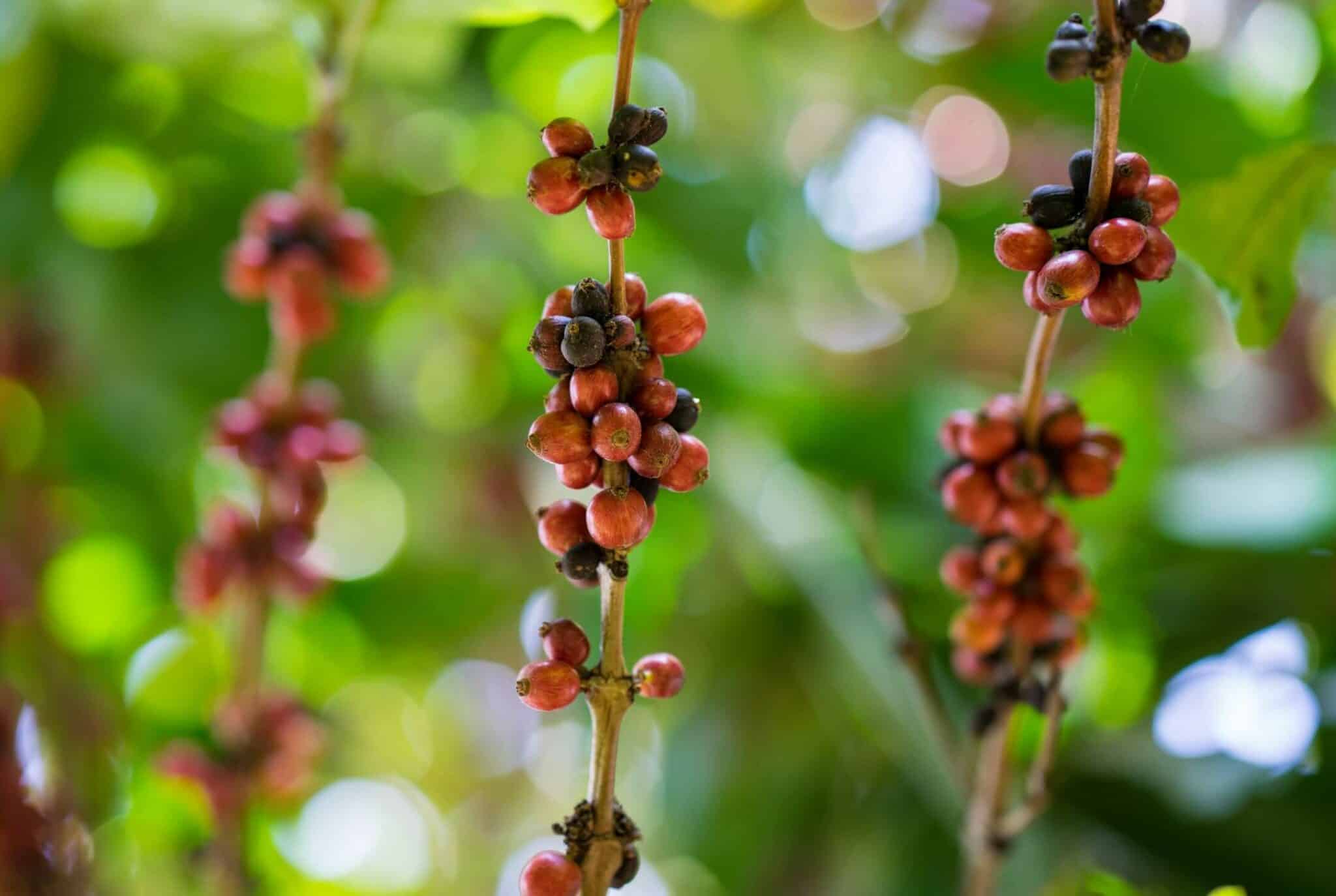
With this plant and its beans still relatively unknown among the majority of coffee drinkers, the market is tiny.
Even in communities where the plants have been cultivated and coffee produced for decades, the knowledge passes from one generation to the next, with most farmers keeping the beans for themselves due to the lack of demand for Excelsa coffee.
The lack of an established commodity market and standardized pricing also makes it difficult for regular trading of major volumes of this coffee.
That said, awareness and perceptions of Excelsa coffee are slowly changing. Especially as a growing number of connoisseurs (fine, you can call us snobs too) discover the unique pleasures of a well-made cup of coffee brewed from good quality beans.
Finally, the Excelsa coffee plant is resistant to some common plant diseases. For example, it can better withstand coffee leaf rust, coffee leaf borers, and nematodes.
As climate change continues to threaten Arabica coffee crops around the world, it is high time we learn more about Excelsa plant genetics. This could lead to solutions to strengthen today’s fragile coffee crops.
A Unique Flavor Profile
Farmed and processed carefully, Excelsa beans produce a cup profile unlike any other coffee variety. The beans’ mucilage is denser than Arabica, and they have far fewer soluble solids. This means producers need to find new roast profiles for processing them.
The best way to achieve optimum flavor profiles is to roast the beans for longer periods or at higher temperatures than other beans.
Excelsa beans with a medium-light roast produce fruity and berry-like notes and woody flavors that are similar to popcorn. Darker roasts produce a fuller body with chocolatey and cream-like notes, which you should savor sip by sip.
If you’re a fan of trying different coffees, you should give Excelsa a try. Choose these beans for your next cup and you’ll discover something delightful and different.
Excelsa Coffee Health Benefits
There’s more to Excelsa coffee beans than a great cup of Joe. These beans are packed with nutrients and antioxidants that can help to reduce the risk of heart disease and stroke and may help prevent certain types of cancer. They also contain magnesium, potassium, and other minerals with many health benefits (1).
Some studies have also found that Excelsa bean coffee may help reduce inflammation and improve alertness and focus. Coffee made from these beans may also help reduce the risk of Type 2 diabetes (1).
Related:
- The Best Manual Coffee Grinder Reviews
- The Best Automatic Espresso Machine + Other Contenders
- Best DeLonghi Espresso Machine – The Ultimate Buying Guide
- The Best Automatic Pour Over Coffee Maker + Other Contenders
Frequently Asked Questions
What is the difference between Excelsa and Liberica beans?
While Excelsa and Liberica beans grow on trees rather than bushes or shrubs and are generally considered related, Excelsa beans are smaller and rounder than Liberica beans, which are larger and have a tear-drop shape.
What is the difference between Arabica and Excelsa?
Excelsa beans have a mucilage that’s much denser than Arabica beans, as well as fewer soluble solids and less caffeine. Coffee made with Excelsa beans usually has a more earthy flavor, while coffee made with Arabica beans is sweeter and, according to some coffee lovers, more complex.
Is Excelsa coffee acidic?
Excelsa coffee has a tart acidity and a fruity character, making it perfect for adding greater complexity to coffee blends.
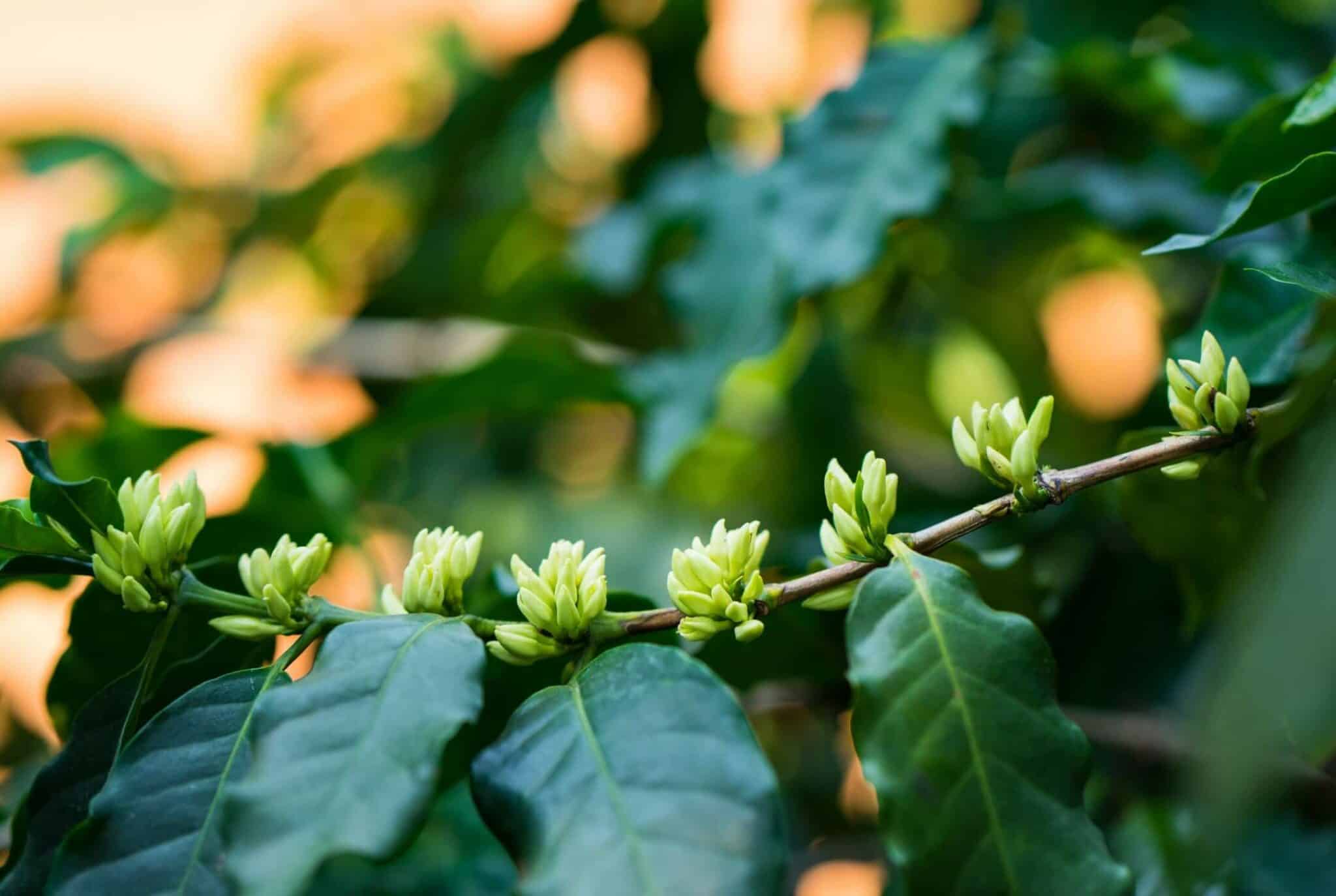
Bottom Line
Excelsa coffee has been a hidden gem among coffee beans for far too long, and now it’s time for these beans to shine. From African origins to tricky cultivation, and from misunderstandings to scientific confusion, the journey of this plant and its produce has been a long one.
Of course, the best way to appreciate it is to make sure your next cup of coffee is made from Excelsa beans.
This article is intended for informational purposes only. It is not meant to replace professional medical advice, treatment or diagnosis. Do not consume any type of coffee, tea or herbal infusion if you are allergic to it. The information in this article is not intended to treat serious medical conditions. Please seek professional medical advice before using home remedies.